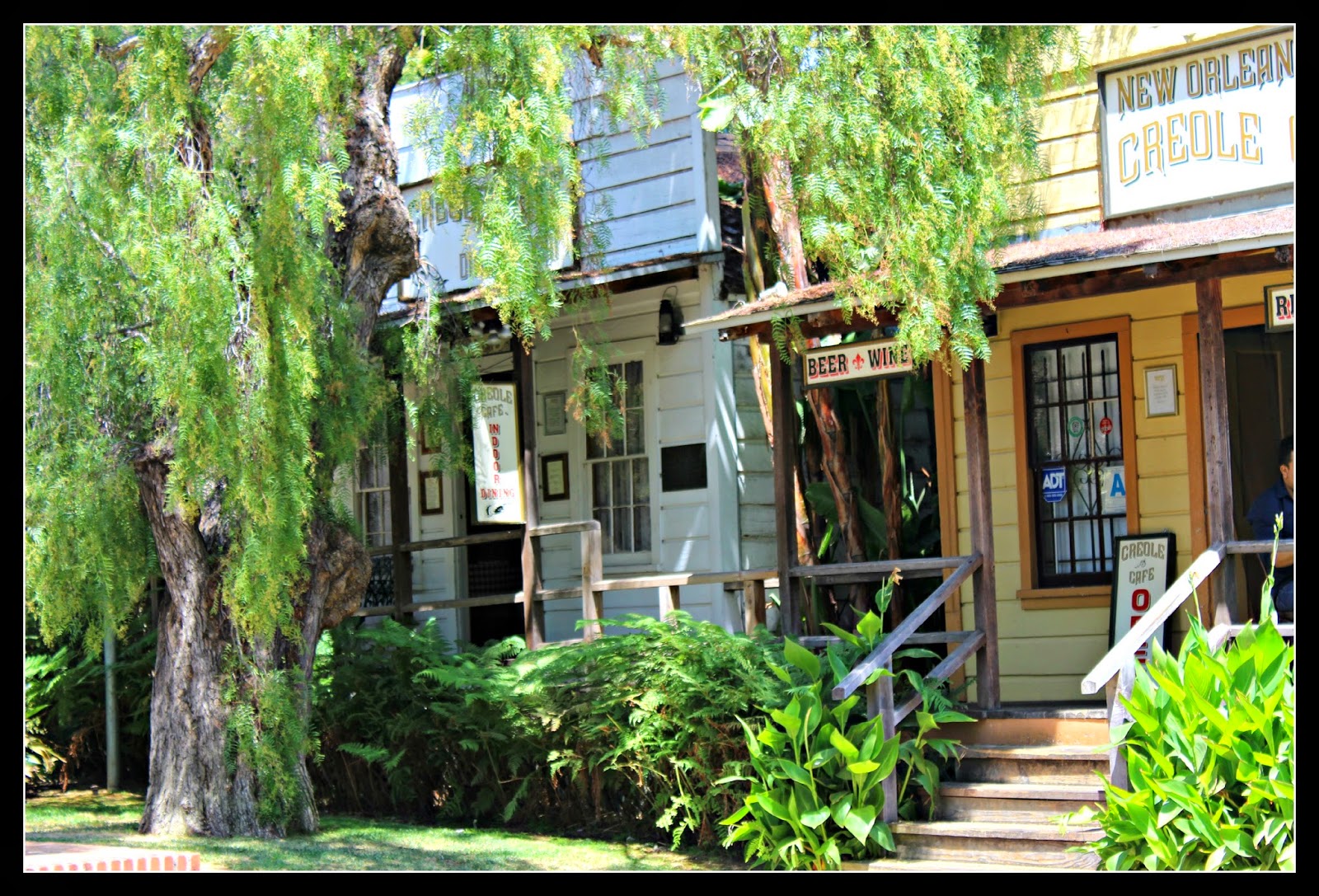Small business and entrepreneurship are hot topics
in the U.S. economy and it is believed they will make significant contributions
to America’s reemergence as a nation of opportunity and growth. A study of 200
small business entrepreneurs in the U.S. and India help highlight how
education, personal development and focus contribute to growth (Scales, 2014). There is an increasing need to teach entrepreneurship
and small business development in college to match skills to knowledge needed
in the market. He argues:
- 1. The need to teach the difference between small business development; and,
- 2. The actual behaviors of entrepreneurs and small business owners.
Education can play a significant part
in developing and growing the entrepreneurial class. Small business owners
should move more toward an entrepreneurial orientation and seek to further
reach the next level in business volume. They will need new knowledge to
function at their maximum capacity.
This requires business owners to
shift their approach and move more towards understanding technology, developing
their structures, and handling greater volume and capacity. These skills are
considered adaptive and help push small business to a growth strategy.
Adaptation is required because it
destroys older systems and develops new systems as a core component of entrepreneurial
activity. All businesses are in a continual process of decline and
rejuvenation. Growth oriented businesses can find a way through these cycles by
becoming stronger in their management approaches and business development
activities.
Because successful small businesses are heavily influenced
by the personality and ability of the owner a greater weight should be placed
on entrepreneurial personalities. Entrepreneur traits include the desire to
achieve, internal locus of control, need for independence, risk-taking behavior,
creativity, drive to success, problem solving, goal directed, responsible, performance
oriented, and ambitious.
The author contends
that entrepreneur education has been more focused on the economics of entrepreneurship but should also include small business growth. The educational
process may be better serviced by focusing on the differences between small
business development and entrepreneurship. New research and literature can be
used in an emerging educational field and has great potential to impact the
sector.
Scales,T. (2014). “Interactive Business” Risk,
Reward and Reality. Academy of Business
Research Journal, 1.

